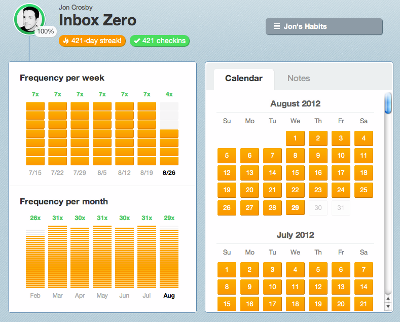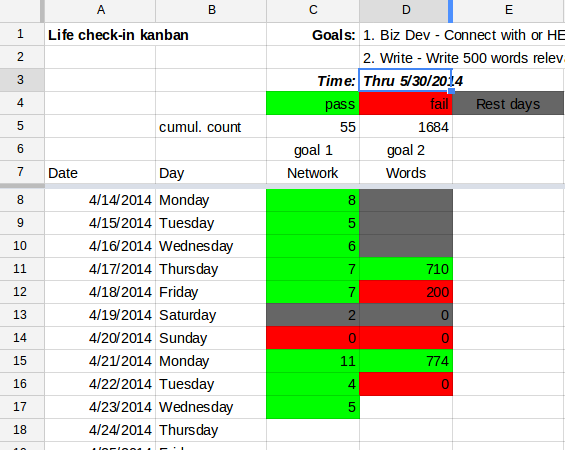Have you ever parked your car at an airport without marking the lot number? You thought you would remember, but after a few fun nights at (insert: your dream vacation spot) and you forgot!
Essentially, you started at point A and wanted to get to point B, but because you didn't jot down point A, you got lost.
How to build a system
This is you not jotting down point A on your journey to point B, aka forgetting wher you parked, 1000 BC style.
Source: Wikimedia Minotaurus
I talked about hustling versus measuring, how analysis and team meetings somehow lead to 0 increase in membership for our PM Fast Track community, but a little hustling lead to 30 new members in like two days! I mentioned that we had a system.
To do anything complex effectively, you need a system or a framework. For this discussion, a system is a set of details and tools that helps us get stuff done and deliver results. You will slip on meeting your goals anyway, but at least with a system, you will do better. My proof for that assertion is a huge sample size of one. Me. (You should test it out, and then we will have a statistically significant sample size of two!)
Well, how do you build one?
- Step 1 - State the goal. This is obvious. In my example, let's say the goal was to get 50 new members.
- Step 2 - Set a timeline. Preferably quickly as possible, but long enough that you have good data about whether it's working or not. Try it for a month - whatever you want to work on.
- Step 3 - Deconstruct the process. What do you need to do to get to that goal? Sometimes this is known, and at times unknown. Somewhat counter-intuitively, you want to focus on the process and not on the outcome. Why? Look at step 3.
- Step 4 - Link process actions to goal. For example, a process related to the goal of new members is creating new events. To do that, you have to book new venues and you have to talk to potential speakers. You have to think up new event ideas and topics. These are deconstructions of the process and the goal into small actions that you can measure.
- Step 5 - Measure it. You got to track it. Which is kind of a bitch, but if you get into the habit of spending a few minutes as part of your routine, you might enjoy it. But, probably not. No one likes budgeting and recording things, unless you are an accountant (which I happen to be, by training - but I still like good jokes). So, look at step 5.
- Step 6 - Really important. Tell someone, everyday. Yeah, this might be hard, but did I say it is really important? Good thing is, it doesn't even have to be your boss. It could be your friend, or just someone generous enough to give you five minutes of his or her time daily. What you do, you call or skype and say “Hey, I met my goals for yesterday.” Or “I met my goals, except this or that, and here's why and here is what I will do about it.”
That't it. Don't get into long discussions. The other person may not even know what you are talking about. But, it works. It works because it is about training your brain to be accountable, and to form the daily habit.
There's an app for that
Yes, there are apps out there. Lift.do is one, for example. Their tagline is, succeed at everything.
Source: Techcrunch
And it may work for you, but you may or may not find you want to be more granular on how you break down your goal. For example, Lift may allow you to set ‘inbox zero’ as a goal, but not necessarily how you are going to get there. So, I just use a spreadsheet. In this example, I track business interactions each day and number of words I write each day. It just ties to my personal life goals - hence life check-in. I have a wonderful friend, Chris, who helps me and motivates me to do my part. And I just call him in the morning.
Source: me
Checking in with an app, or getting notification from Lift that you didn't do something is not quite the same as telling Chris or Jane or whoever about your progress toward your goals.
Pride or Shame
Whether it is pride or shame of telling someone you succeeded or you failed, there is this emotional trigger to your brain that makes this last step a big driver of your success. You have to try it and let me know, then we will have incontrovertible proof from our statistical analysis! (Told you I like jokes.)
kanban
Notice how my system is a simple spreadsheet tracker, but I added a visual signal to it.
- Green - success!
- Red - fail!
- Gray - not relevant
That is all kanban is. It is a Japanese word literally meaning signboard, and used to great effect in the Toyota manufacturing system.
And after I commit this post, hopefully I will have completed my daily writing goal!
And you? For you, a free gift!
What about you? What are your goals and will you test out this system?
And just for you, I am enclosing this free gift. It is a spreadsheet for job seekers to apply a system to superpower their hustle. Make a list of contacts, then record whether you are meeting that goal or not. Give it try and let me know how it goes! And have fun!
You may also enjoy reading Getting Analytical and What Makes a Great PM.
You may also enjoy reading Getting Analytical and What Makes a Great PM.
Suggestions?
What do you want to talk about? Send in your ideas.



2 comments:
Very well said, thanks for sharing this information. Your article is totally awesome and it gives clear idea about how it works.
Thanks for this!
Post a Comment